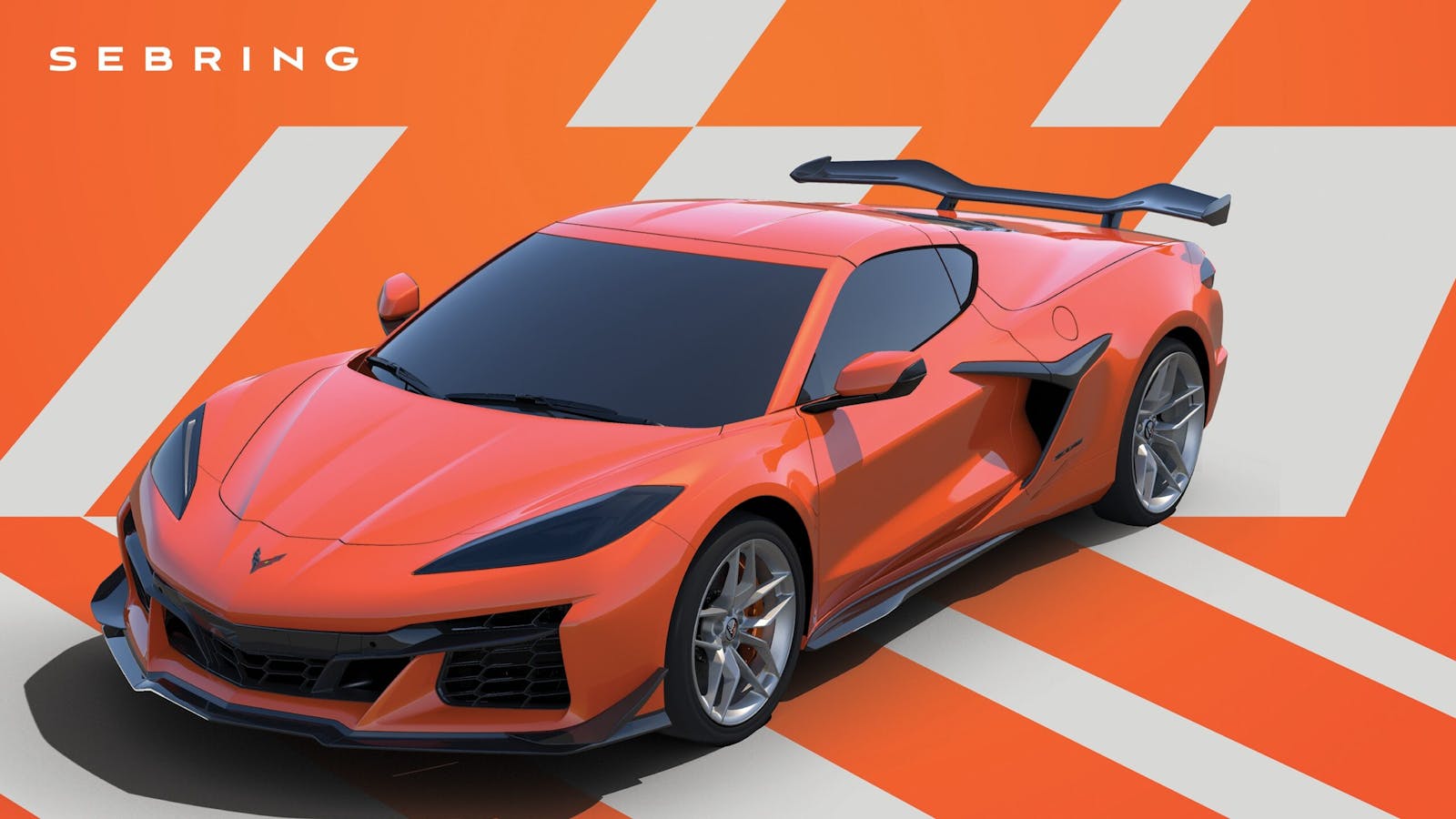U.S. Army seeking proposals for a tougher, faster fighting vehicle
The U.S. Army is soliciting industry proposals for its Optionally Manned Fighting Vehicle (OMFV), a planned replacement for the current Bradley Infantry Fighting Vehicle.
According to defense-blog.com, survivability will be the no. 1 characteristic of the OMFV, which will have the ability to fend off tanks, helicopters, artillery, and other fighting vehicles and advance through an enemy security zone while protecting the infantry soldiers inside.
This is the Army’s second attempt to attract proposals for the OMFV. The first request required the delivery of physical bid samples, a financial hindrance that defensenews.com says thwarted pitches from Bradley-maker BAE Systems, Rheinmetall of Germany, and others. The Army received just one final proposal.
This time around, the Army will accept conceptual bids so that more companies can participate without the expense of a physical model. In addition, the sharing of classified reports will not be required in order to submit a bid or receive an initial design contract award—a change that will encourage international participation.
Defensenews.com says Rheinmetall has solidified its participation in the competition by partnering with American firms Raytheon and Textron.

Brig. Gen. Ross Coffman, director of the Next Generation Combat Vehicles Cross-Functional Team, discussed the OMFV at the Ground Vehicle Systems Engineering and Technology Symposium in November 2020. He said that the solution does not have to be a single platform; it could be a battalion-level formation of vehicles with a variety of weapon systems. “We’re up for any innovation that you have,” he said.
Coffman said that to fend off advanced threats on the battlefield, the OMFV will likely require a large magazine depth, the speed to engage rapidly, and a gunner’s control unit that can handle multiple targets at the same time. “We will fight outnumbered and we must possess the technology that allows us to do that,” he said.
Last month, the Army held OMFV Industry Day to engage with company representatives and clarify its proposal requirements.
The Army plans to field the OMFV to both active and National Guard armored brigade combat teams starting in fiscal year 2028. About $4.6 billion is currently invested in the program (spread across fiscal years 2020–26).
Now that the solicitation has been posted to Beta.Sam.Gov, companies have until April 16, 2021, to submit a design concept. The Army will award up to five contracts in July 2021, kicking off 15 months of funded work.
Although the OMFV project will require years to come to fruition, Brig. Gen. Coffman said in November that it will be worth the time and effort. “We cannot modernize to parity,” he said. “We must modernize for overmatch, and that’s got to be our focus. Anything less than that is unacceptable.”



